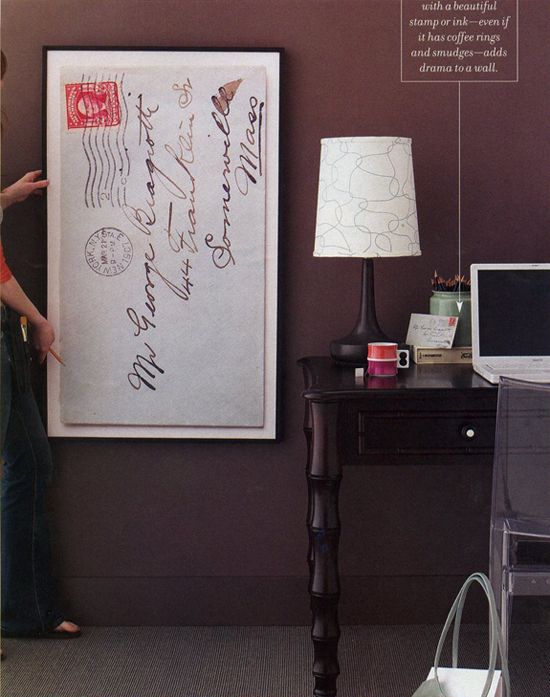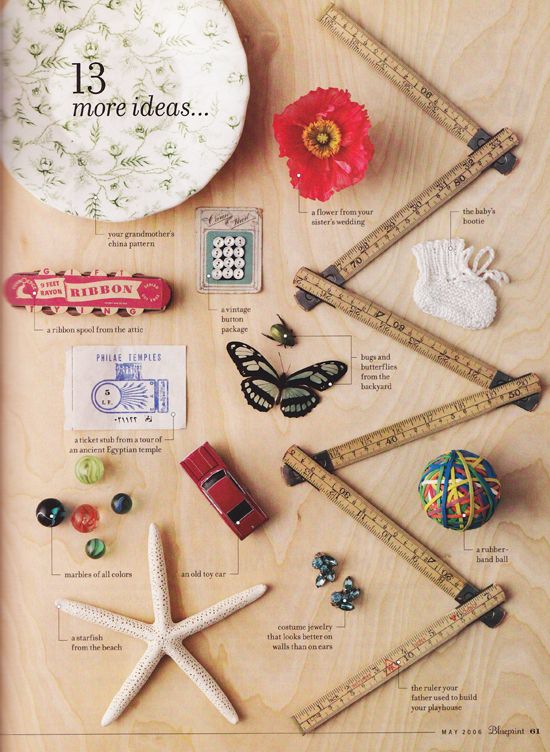Last week I finished this project because I've been living without a headboard for three years . . .
Today I thought I give you all a quick how-to so you can make your own!
You will need . . .
one 1X10(faceboard)
one 1X6 (top #1)
one 1X8 (top #2)
three shelf supports
wood screws
finish nails
Step One: Cut the boards to length.
I cut the faceboard to the length I wanted for a king size bed. Top #1 I cut 1" shorter than the faceboard. Top #2 I cut shorter than the faceboard by 1 1/2". This gave me the tired look I was going for.
Step Two: Attach top #1 and top #2 together.
(I predrilled all the holes as I went along - not sure if it was needed though)
Step Three: Attach top boards to faceboard
Here's the view from the back
Step Four: Find bracket placement and attach.
Mark the middle of the shelf and attach bracket, both from the top and the back.
Here's how it look with one bracket attached.
Look I have a helper!
Here's how it looks with all three brackets attached. Starting to look like a shelf!
Step Five: Cut and attach moulding.
I used this mounding for the space between top#1 and top#2
Cutting it to length and attaching with brad nails this is how it looks.
Here's another view.
Next I added the moulding onto the two faceboard sections between the shelf brackets. I used a small half round moulding.
First draw lines where you would like to place the moulding. Next measure and cut the moulding making sure to give each section a mitered corner.
Attach once again using brad nails and it should look like this.
(next time I think I would just glue the sections on instead of nailing)
For the top shelf edge I used a large half round, once again mitering the corners and attaching with brad nails.
Here she is all built - Yippeee!
Step Six: Paint and hang.
I used a black satin paint and distressed the edges a bit.
Finished product...
She turned out great don't you think? If you'd like to take a look at my original post visit
here.












































